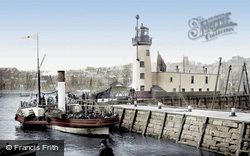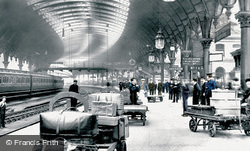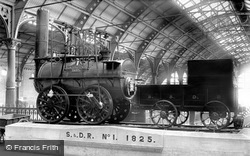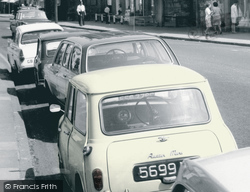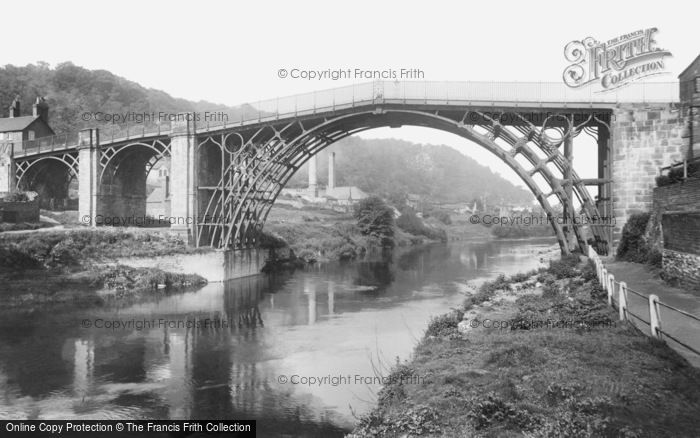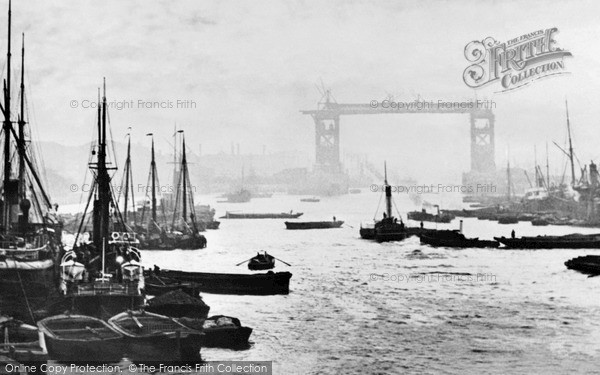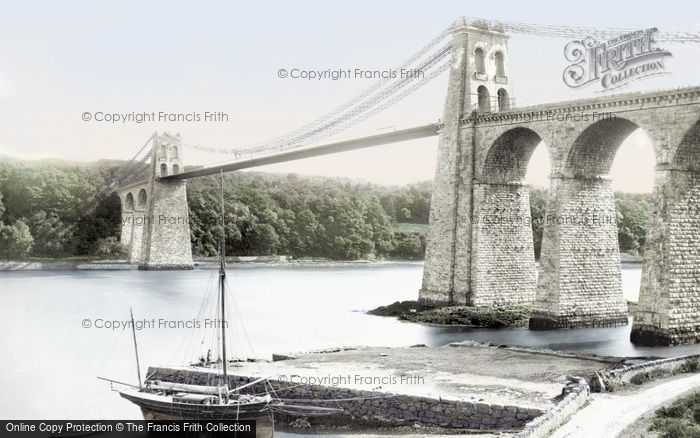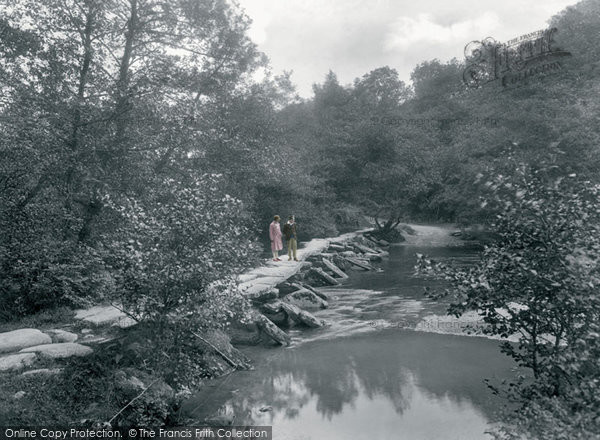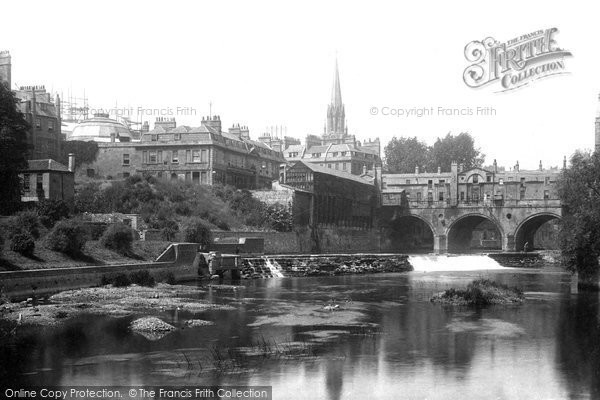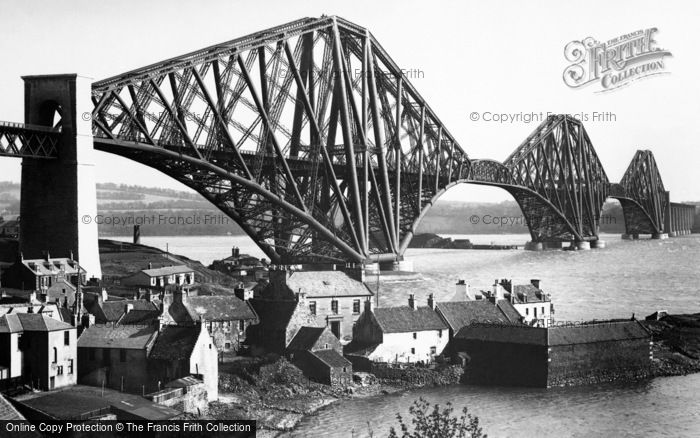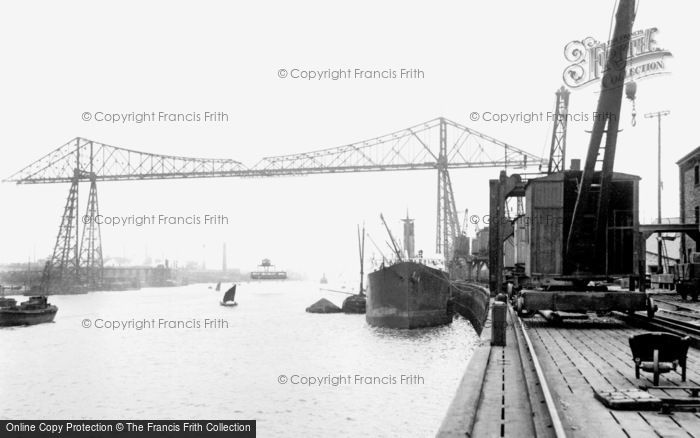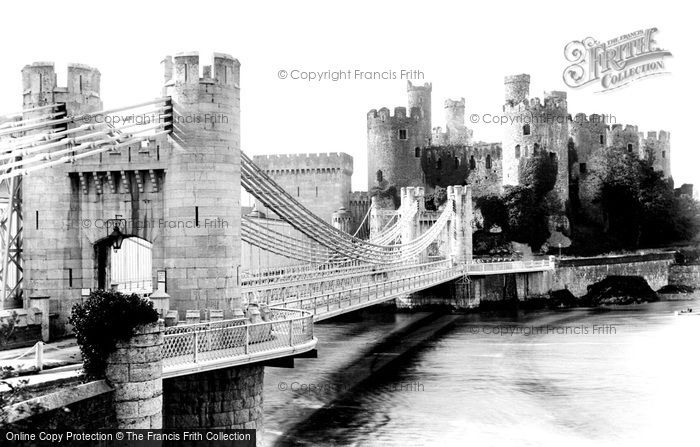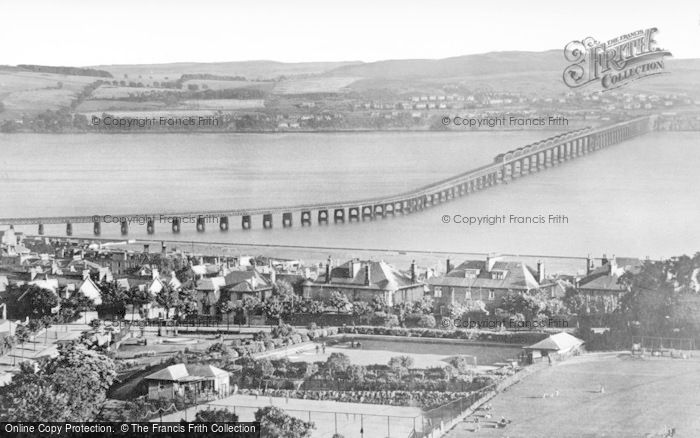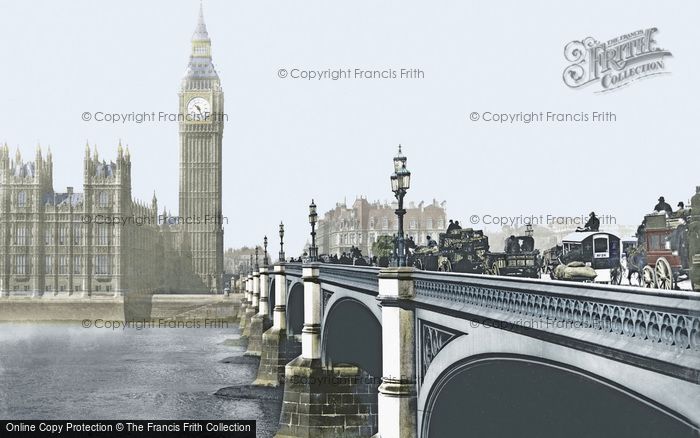Search the Archive
Explore all the places you remember!
Subscribe
Join the thousands who receive our regular doses of warming nostalgia! Have our latest blog posts and archive news delivered directly to your inbox. Absolutely free. Unsubscribe anytime.
Say Hello!
How to keep in touch with us.Best of British Bridges
Published on February 21st, 2018
Stunning images from The Francis Frith Collection of some of Britain's most impressive bridges.
The bridge was a toll bridge; it opened to the public on 1 January 1781. The toll house is the brick building on the left - a sign lists the charges, stating that because the bridge is privately owned, even soldiers on duty AND the Royal Family are obliged to pay to cross over.
Photo: Ironbridge, The Bridge 1904.
This murky view looks west from the Pool of London towards what was to become one of the mechanical wonders of the late 19th century. Here we see the towers - 'steel skeletons clothed in stone' as described by Sir John Wolfe Barry, the architect - not yet stone clad, and the upper walkway taking shape.
We are looking from Anglesey to the mainland along the 579ft-long suspension bridge. The bridge was the first structure of its kind in the world, and is pictured here when it was 64 years old. The bridge is best viewed from Belgian Promenade which overlooks the water. This is a view from Anglesey across the strait. Rip tides up and down the strait made the ferry a dangerous option, and earned the Menai the nickname 'the British Bosphorus'.
The famous 'Tarr Steps' are a clapper bridge across the River Barle in the Exmoor National Park.
Photo: Exmoor, Tarr Steps 1929.
One of only four bridges in the world to have shops across its full span on both sides.
Photo: Bath, Pulteney Bridge 1895.
Designed by Sir John Fowler and Sir Benjamin Baker, the Forth Bridge cost £3,000,000 to build. Of the workforce of 4,500 men, 57 were killed in work-related accidents. Built between 1883 and 1890, the bridge was constructed to carry the North British Railway's main line between Edinburgh and Aberdeen. It has an overall length of 2,700 yards including approach viaducts. The tracks run across the bridge 150 feet above sea level.
Photo: Forth Bridge, 1897.
The Tees Transporter Bridge at Middlesbrough opened for traffic in 1911. It is still in operation, and is the only working example surviving in England; it carries a travelling ‘car’, or gondola, which can transport 200 people or 9 cars across the river in 90 seconds. The storyline of the third series of the popular TV drama ‘Auf Wiedersehn, Pet’, broadcast on BBC 1 in 2002, involved the famous transporter bridge at Middlesbrough being dismantled and sold off to be re-erected in the USA. So many local people thought the bridge really was being pulled down and called the council to express their concern about it that the BBC had to put a disclaimer at the end of the last episode of the series, assuring viewers that ‘The Transporter Bridge remains in Middlesbrough’.
We can see a tower of Stephenson's 412ft-long tubular railway bridge in the centre of the picture. This structure was built on the line of the old L & NWR Railway in 1848. A 19th-century guide describes how it increases in height above high water from around 22 feet at the ends to 25 feet at the centre. The two tubes are each 14 feet wide and weigh around 1,300 tons.
One of the worst events of Dundee’s history was the Tay Bridge Disaster, the collapse in December 1879 of the rail bridge spanning the Firth of Tay between the city of Dundee and the suburb of Wormit in Fife. The bridge was opened in May 1878; at over two miles long, it was celebrated as the longest bridge in the world at that time. Designed by Sir Thomas Bouch, it was viewed as one of the jewels of the modern industrial world. On the stormy evening of 28 December 1879 the centre of the bridge collapsed during a storm while a train was crossing, and 75 people fell to their death. It was later surmised that the collapse was due to a number of serious structural faults, and the disaster left Bouch a broken man. A new rail bridge, constructed close to the remains of the old one, was opened in 1887. The piers of the original bridge can still be seen in the river beside the main bridge – a poignant memorial to the night of the great gale of 1879.
The cast iron bridge was built in the 1850s, with Sir Charles Barry, the Houses of Parliament architect, acting as consultant. To the right is New Scotland Yard, which was completed in 1890. It is now MPs' offices, and has been named the Norman Shaw Building after its architect. The building opposite Big Ben was demolished in recent years to make way for Portcullis House.
Subscribe
Join the thousands who receive our regular doses of warming nostalgia! Have our latest blog posts and archive news delivered directly to your inbox. Absolutely free. Unsubscribe anytime.

